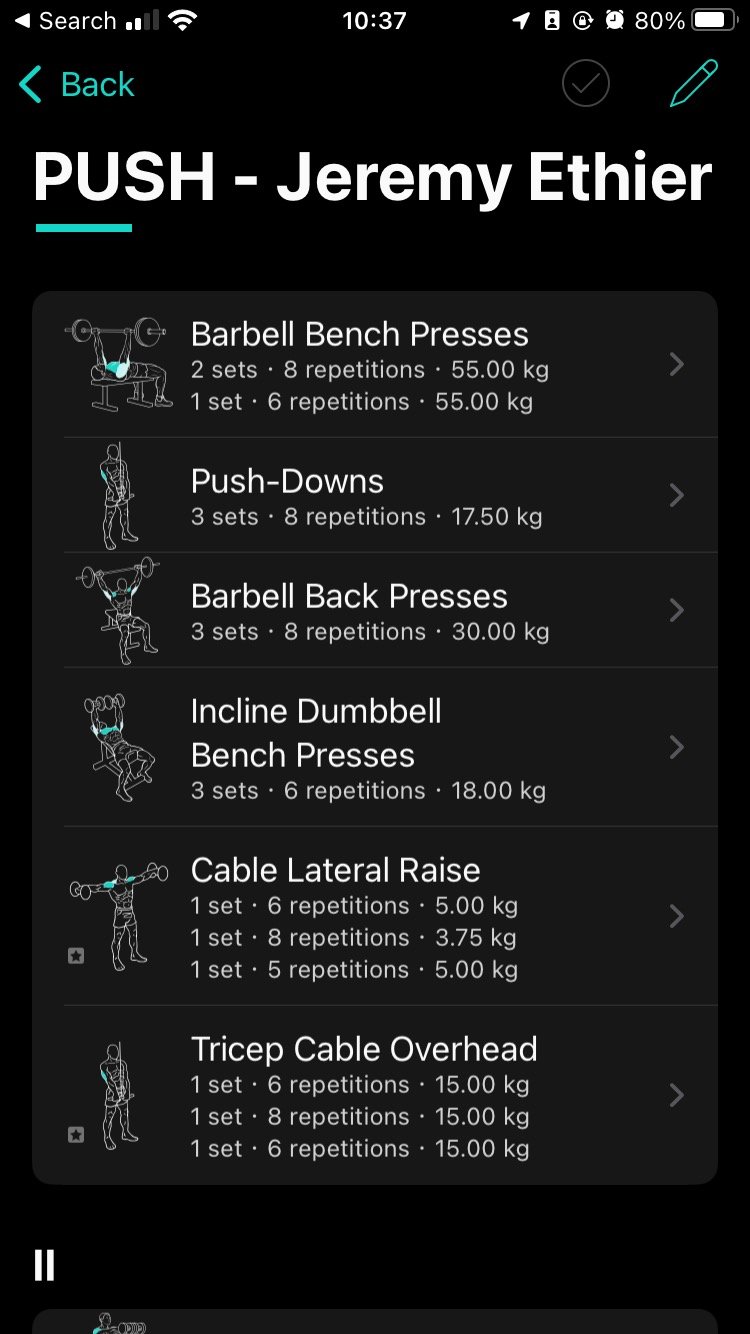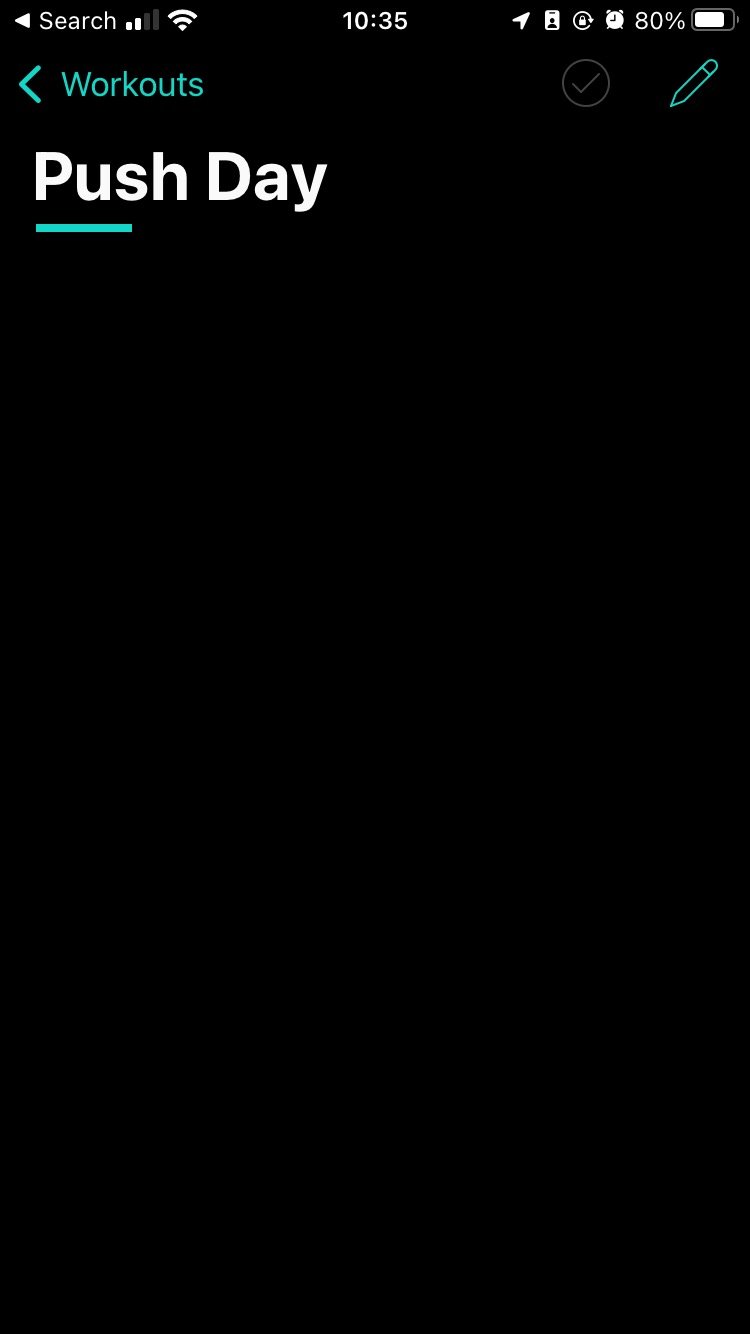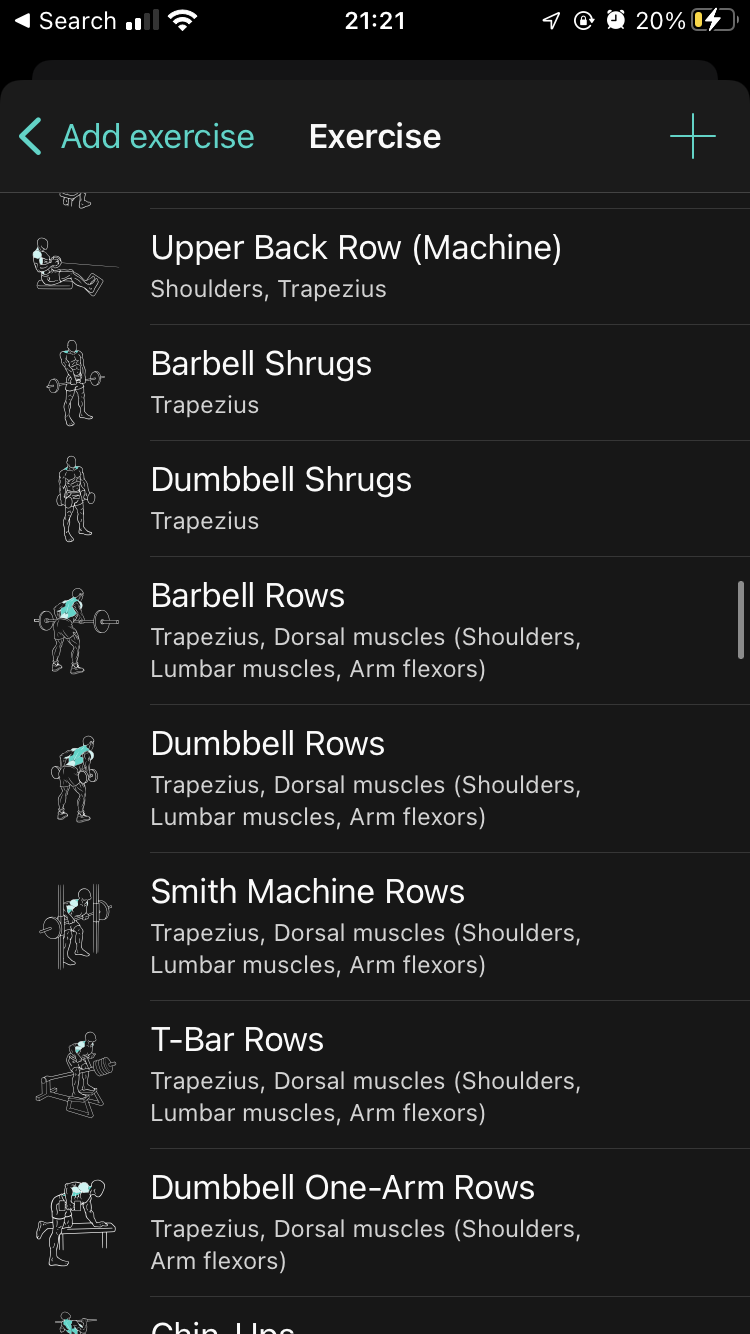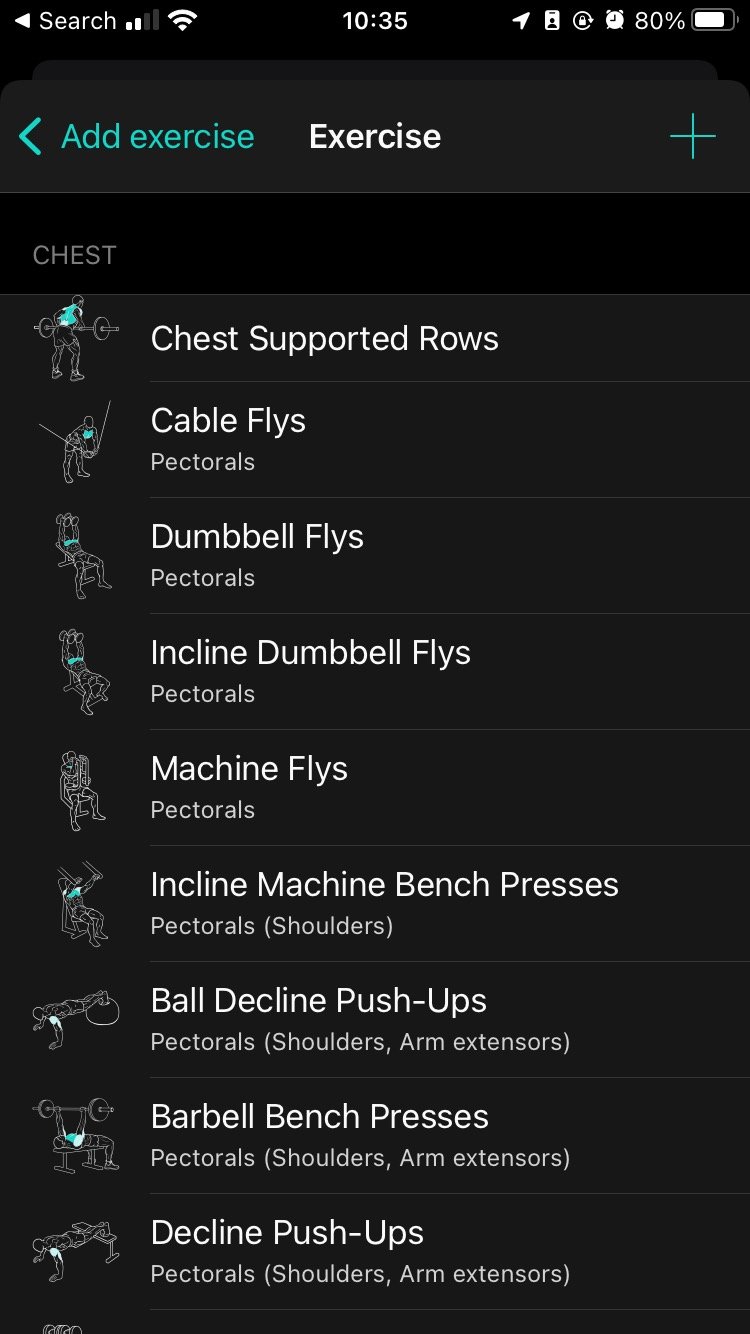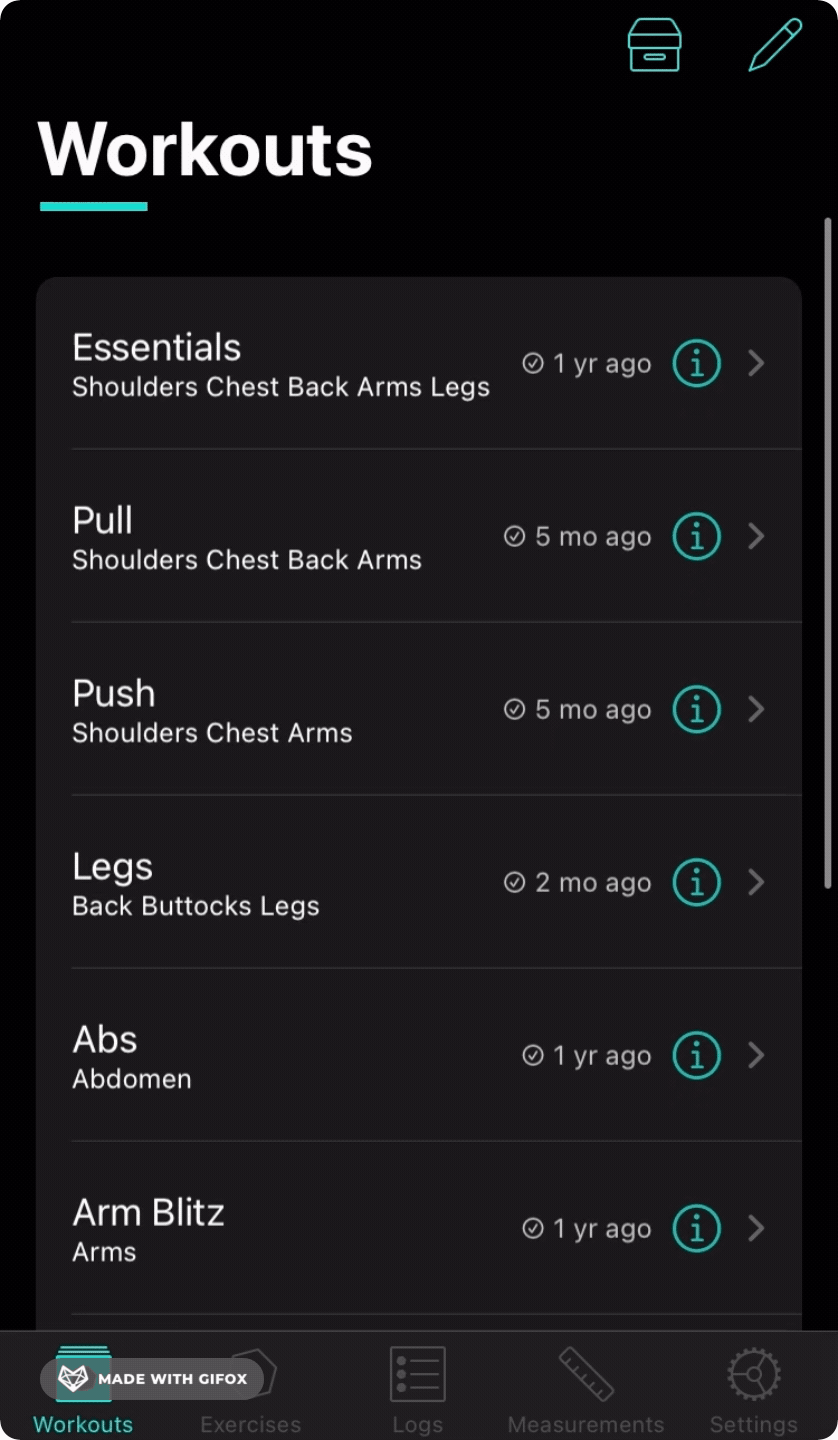GymBook: Track Your Workouts with this Fitness App
The turn of the New Year stereotypically brings with it renewed optimism and focus on our own health and fitness.
This year, it occurred to me that I haven’t had the usual stress of trying to find a good ‘gym’ app to track my weightlifting. Because since 2020, I’ve been consistently using GymBook, my favourite iOS app for logging workouts at the gym and I haven’t looked back.
Given it is the New Year, I decided to write a review of GymBook, to help those with their new found focus on fitness track their workouts with ease!
What is GymBook?
GymBook is an iOS app designed to "Create and manage your workouts, log your progress and analyse your performance".
If you are someone who is currently, or looking to start, strength training then this is the app you want. You can create your workout routines with the exact exercises, sets, reps you want, and then the app simplifies tracking and analysing your performance.
The Interface - Super Clean
To me, one of the standout features of GymBook is that the app is visually beautiful and minimal. It's not getting in your way, it's a clean design enabling you to open the app up, log your workout, and move on.
On a deeper level, think about it, many people are in the gym to look and feel good. I like to think GymBook adopted the same principles when building their app. It looks and feels good to use.
Creating Workouts
As a new user, the first thing you will want to do is create a routine.
Suggestions on routines is beyond the scope of this post, but I will note here that I am a huge fan of Jeremy Ethier and his videos on Push/Pull/Leg routines. So check those out if you are interested!
Creating new workouts is really easy, click the pencil icon, followed by the plus (+) icon, and you are now creating a new workout. In the example below, I’ve create a workout called “Push Day” and assigned it to be a Monday and Friday workout.
This routine is currently, empty, so now I can add exercises to it with the exact same steps as we did to create the routine. Click the pencil icon to edit, and then the plus icon to add exercises.
GymBook has at the minimum 50 built-in exercises (over 100 if using paid version that costs only £6.99). But even better, if there’s an exercise, or machine not in the pre-defined list, you can create your own. You simply give it a name, tell the app what muscle groups it works on, and you’re good to go and track it!
GymBook certainly makes creating and customising your workouts really easy. I love that it lets you group up exercises too. For example I quite often have the default group as my core routine exercises, and then anything in group 2 are basically “backup” exercises in case the equipment is unavailable for me to use.
Tracking Your Workouts
GymBook makes tracking your workouts really simple. From opening the app, it takes just 3 taps to be logging your first set.
When you log a set, GymBook defaults to your most recent effort. So if I previously lifted 8 repetitions of 20kg for Set 1, if will default to that. This means there’s no time spent typing out what you did. Instead you can immediately tap “done”, or alternatively make minor adjustments to the last effort’s values.
Immediately after logging your first set, a timer will automatically begin to help you track your rest period between lifts. This is fully customisable for each exercise in each routine. I generally like to default the timer to 60 seconds, but there are certain, more intense exercises (squats, pull-ups) where I set the timer to 90 or even 120 seconds.
Additionally, one of my favourite aspects of GymBook is the chart feature shown at the bottom of each exercise. In the picture below, the graph shows my entire logged history for Barbell Bench Presses.
There are 2 lines, one represents the average reps, and the other represents the average weight lifted, for each workout over time. You can also press and hold your thumb and swipe across the graph timeline, to see extra information.
This is such an elegant graph as it summarises your entire performance history in such a small amount of space.
Customisability - You have complete control
Another compelling reason this app is so good is the level of control you have over customising the app.
Here is a selection of things you can customise in the app:
Theme
Timers
Units of measure
Time tracking
Auto-move to next exercise
Sounds
Workout history
Graph types
It is so refreshing to have an app that gives you such a high degree of control. All of us have our own tastes, and likely have our own ways of working out that makes sense for our bodies. And so having an app that is flexible makes perfect sense to me.
Data Export (Premium Feature)
The final feature I want to call out about GymBook is that with the paid version (currently £6.99), you have full access to your workout data.
With the tap of a button you can export your data as a .csv so that you can use your data in Excel or Google Sheets.
Here’s a little glimpse of what my data looks like:
I do have a small gripe, as I think we shouldn’t have to pay to access our own workout data, but compared to other apps, £6.99 is a steal. Many other apps either don’t provide export functionality, or they cost at least £6.99 per month (often WAY MORE!).
Final Thoughts
I’ve used GymBook for the last 2 years and it is still the standout app in the market. I’ve tried many alternatives including StrongLifts, JEFIT, FitBod, but I always come back to GymBook.
It has a beautifully designed interface, that does exactly what you need, and nothing more. It’s not trying to get you to buy any plans, or protein powders. It’s not trying to be the next ‘social app’. It’s there to serve you and your fitness tracking.
That alone is amazing, but when you consider the price for premium, £6.99 (for life), it is incredibly competitive. For comparison both FitBod and JEFIT costs about £30 for a year’s subscription.
If you’re getting into strength training, then I highly recommend you download GymBook.


